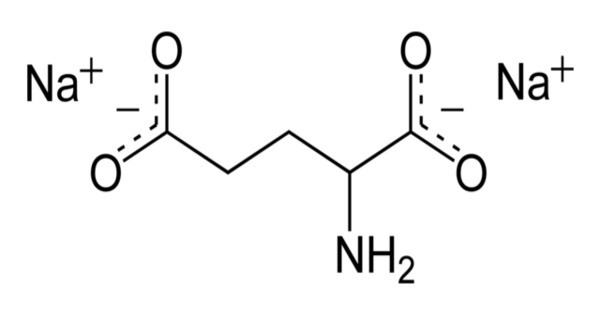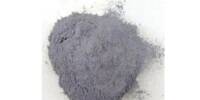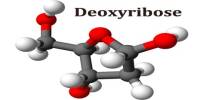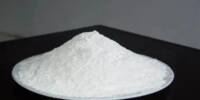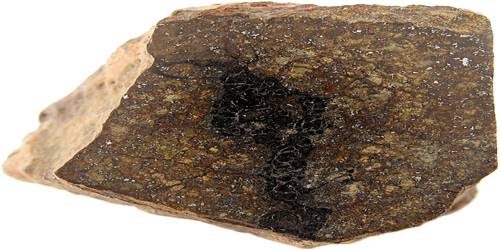Disodium glutamate, abbreviated DSG, (Na2C5H7NO4) is a sodium salt of glutamic acid. is a salt derived from glutamic acid, an amino acid naturally found in many proteins. It is less common and less well-known than monosodium glutamate (MSG), but has similar chemical characteristics. It is used as a flavor enhancer and studied for its coordination chemistry.
It is used as a flavoring agent to impart umami flavor. It is often a misnomer or confusion with monosodium glutamate (MSG), which is the well-known flavor enhancer used in cooking.
Formation
Disodium glutamate can be produced by neutralizing glutamic acid with two molar equivalents of sodium hydroxide (NaOH).
Properties
- Chemical formula: C5H7NNa2O4
- Molar mass: 191.09 g/mol
- Appearance: white crystalline powder
- Odor: practically odorless
- Boiling point: 225 °C (437 °F; 498 K) (decomposes)
- Solubility in water: 73.9 g/100 mL (25 °C)
- Solubility: sparingly soluble in alcohol
- Acidity (pKa): 6.8
Structure
- Composed of the glutamate anion (from glutamic acid) with two sodium cations. It exists in equilibrium with other ionic forms in solution depending on pH.
- The glutamate moiety includes both a carboxylate and amino functional group, making it zwitterionic in neutral conditions.
Occurrence
- Naturally Derived: Glutamic acid (its precursor) occurs naturally in foods like tomatoes, cheese, soy sauce, and seaweed.
- Industrial Synthesis: Disodium glutamate is synthesized by neutralizing glutamic acid with sodium hydroxide or other sodium salts.
- Biological Role: Glutamate (as an ion) functions as a major neurotransmitter in the central nervous system, though disodium glutamate itself is not typically found in biological systems in salt form.
Uses
- Food Industry: While monosodium glutamate (MSG) is more common, disodium glutamate can also be used as a flavor enhancer.
- Chemical Industry: Used in research on coordination chemistry and as a chelating agent.
- Biochemistry: Sometimes used in buffers or cell culture media due to its stability and solubility.
Safety and Regulation
- Generally Recognized as Safe (GRAS): If used in food, similar to MSG.
- Toxicology: Similar metabolic fate to MSG—broken down into glutamate and sodium, both of which are naturally processed by the body.
